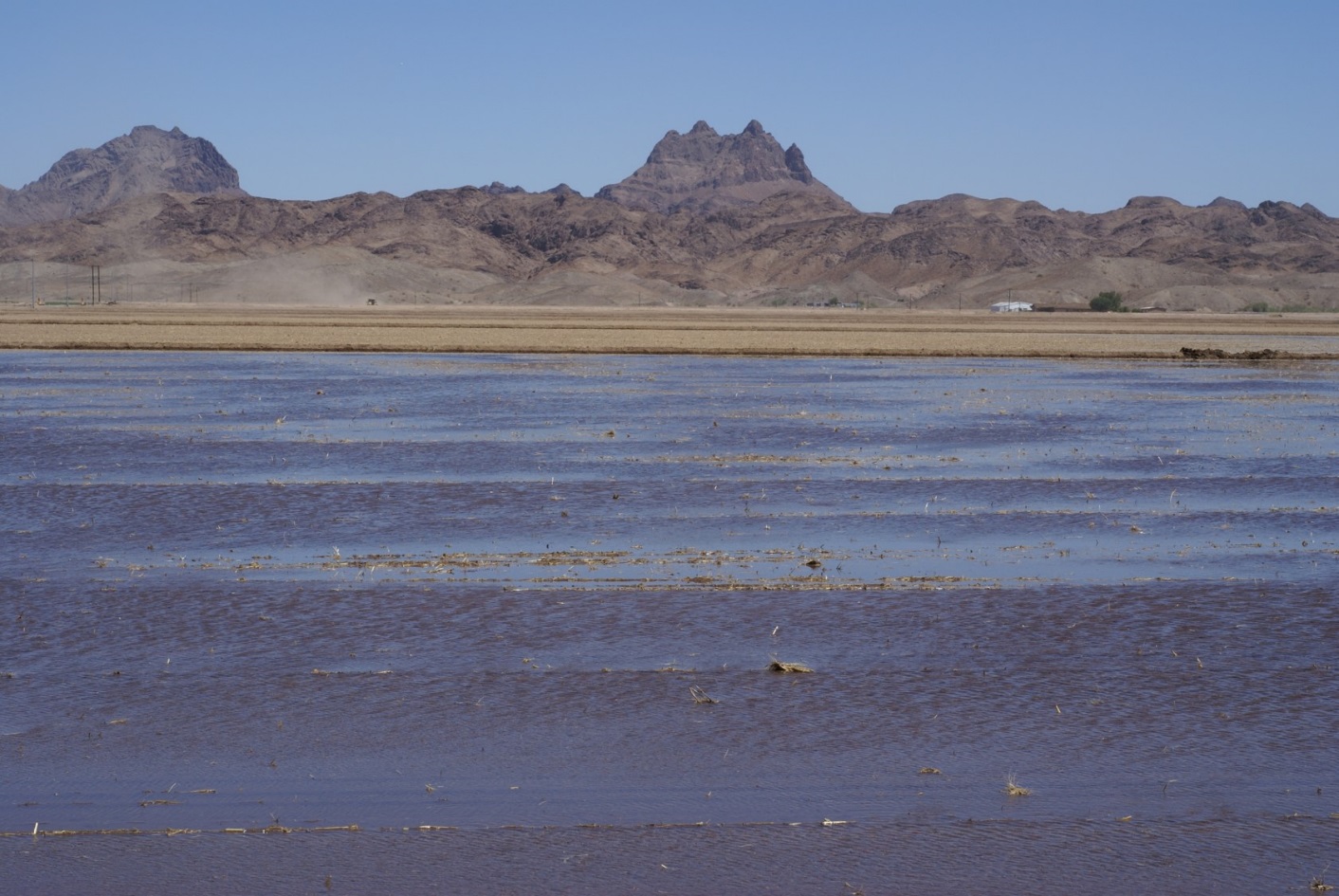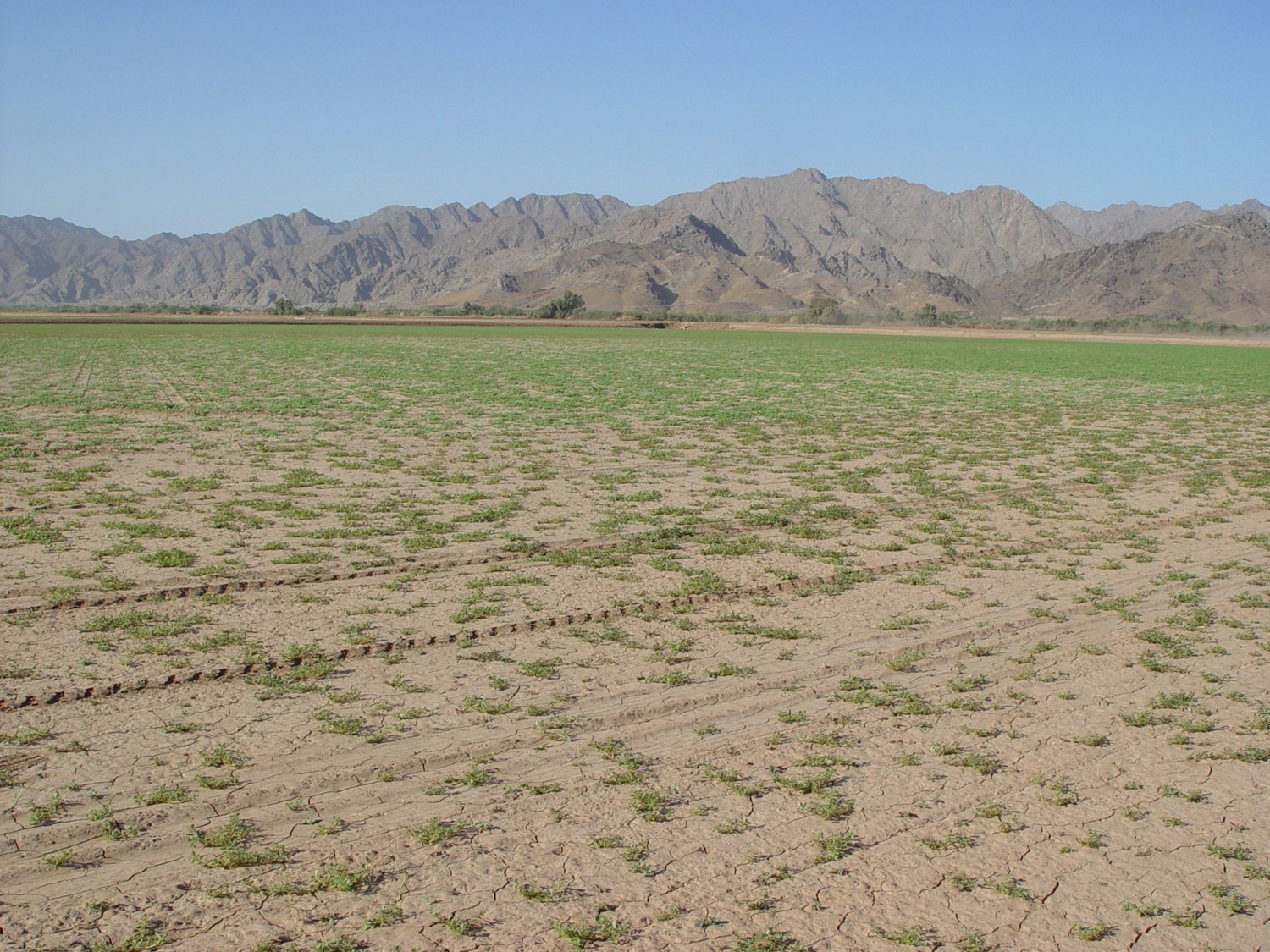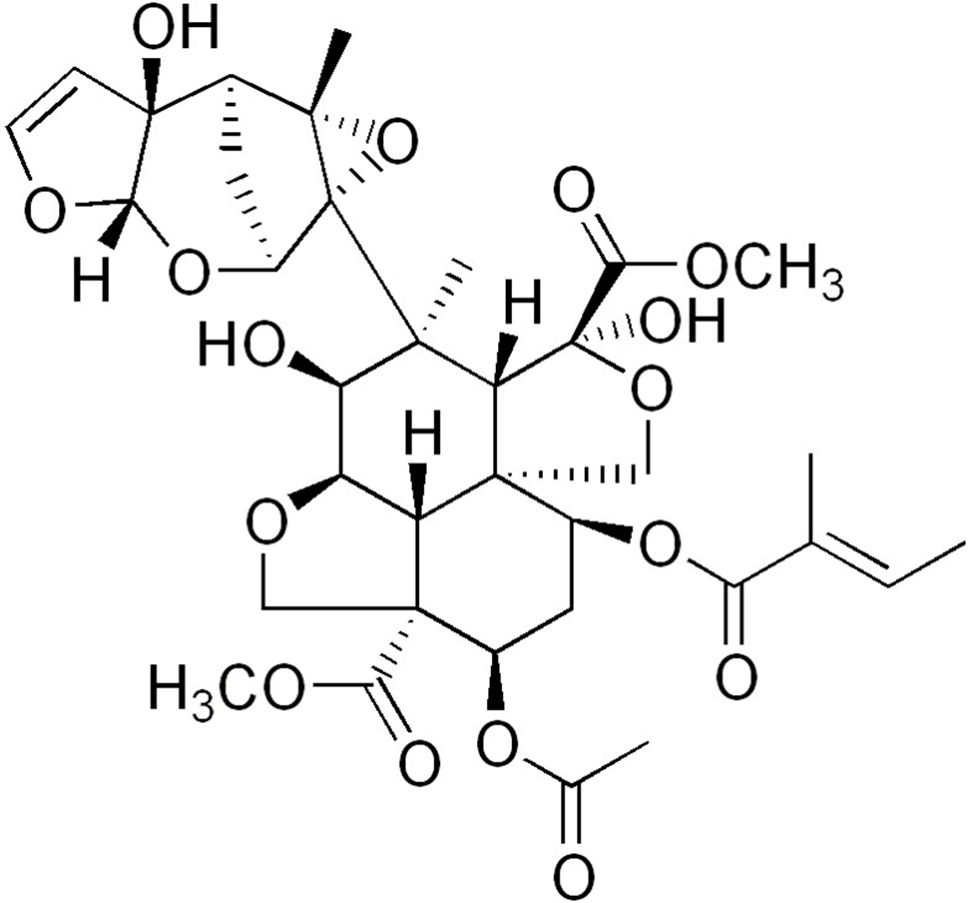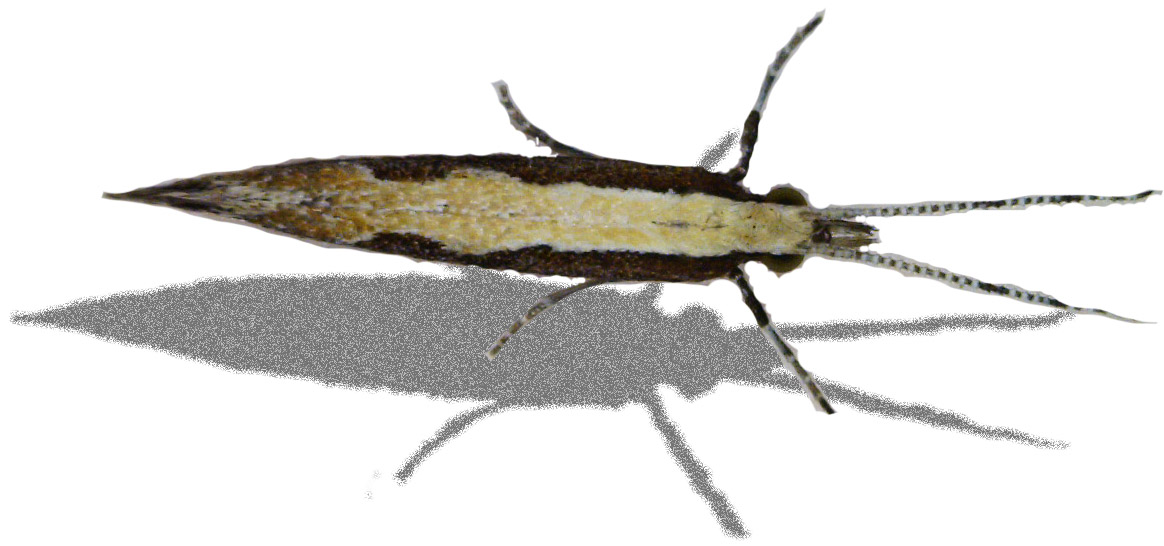
|
|
|
|

|
|||
|
|
|||
As fields are being prepared for fall plantings, PCAs and growers should be conscientious of weeds and how they may influence insect populations. Certainly, thorough weed management is important for the profitable production of vegetable crops in the desert southwest for all the obvious reasons. However, effective weed management is also essential for another important, but often overlooked, reason. Several common weed species found in and around vegetable crops can serve as host plants to many insect pests that can later infest nearby vegetable crops. Although flowering weeds can provide a reservoir for natural enemies (e.g., lady beetles, syrphid flies), and a source of nectar and pollen for pollinators, these same weedy refuges can serve as host sources for many key insect pests that cause economic damage to vegetable crops. Weeds found on field margins and ditch banks can provide insect pests with suitable resources needed for rapid population growth, which subsequently can lead to insect infestations occurring in adjacent vegetable crops. In addition, many weed species can provide insects with host plants that serve as a bridge between cropping seasons when vegetables crops are not in production (May-August). Volunteer melons emerging from previous spring plantings can also be considered weeds (“a plant out of place”). If not controlled in a timely manner, these volunteer weedy plants can sustain large numbers of insect pests (i.e., flea beetles and whiteflies), as well as plant viruses (e.g., CYSDV) that are transmitted by insect vectors, that can migrate onto newly planted fields. Finally, weeds left uncontrolled in vegetable crops can serve as impediments to insecticide applications. For example, dense weed foliage in vegetable and melon fields can negatively influence foliar spray applications by intercepting spray droplets before reaching the target crop, which can result in less insecticide deposition and unacceptable crop damage. Soil applied insecticides (e.g., Admire Pro, Verimark, Coragen) can also be impacted by unmanaged weed growth. Weeds growing unchecked during stand establishment can compete with the seedling plants for water and fertilizer, but they can also compete with crop plants for soil insecticides. Excessive weed densities can significantly intercept insecticides in the soil profile and reduce the amount available for uptake by the target crop. For more information on this topic, please visit this report: Interactions between Insects and Weeds in Desert Crops. | |||
| Back | |||
|
For questions or comments on any of the topics please contact Marco Pena at the Yuma Agricultural Center.
|
|||
|
Home |
Cotton | Veggies |
Forages | Grains
| Citrus |
Crop x Crop Insects | Diseases| Weeds | Pesticides | Economics | News | Weather | Research | Photos | Contacts | General Info. Copyright © 2001 University of Arizona, College of Agriculture and Life Sciences Webmaster: Al Fournier (acis@ag.arizona.edu) |
|||




